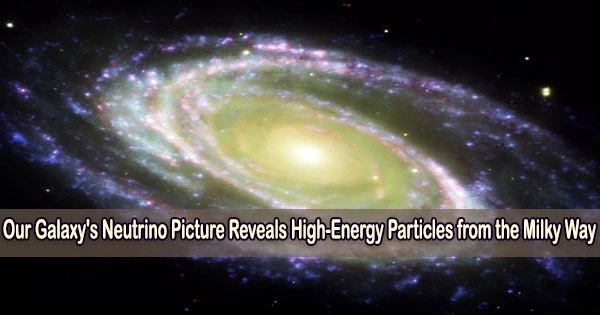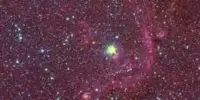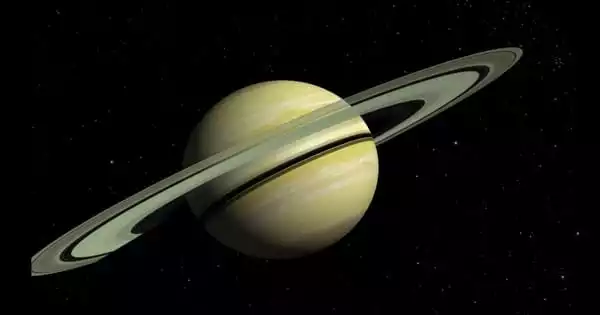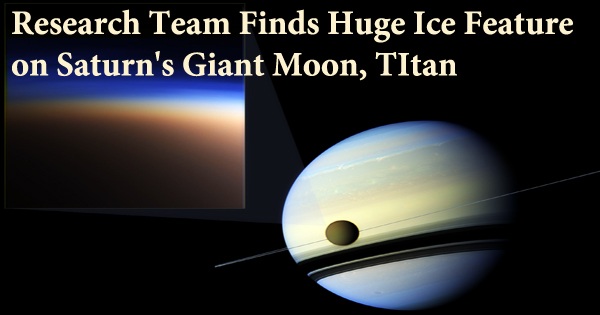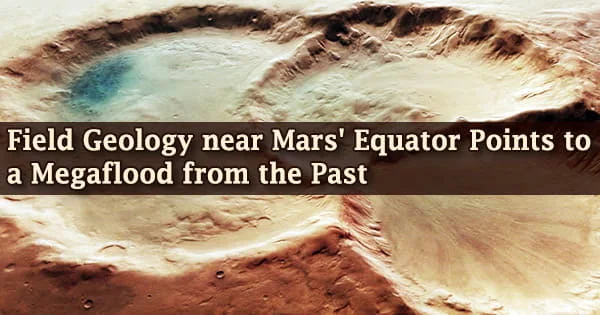With the unaided eye, the Milky Way galaxy appears as a hazy strip of stars that stretches from horizon to horizon in the night sky.
The IceCube Neutrino Observatory in Antarctica has created an image of the Milky Way for the first time using neutrinos, which are little, ghost-like cosmic messengers.
In research published June 29, 2023, in the journal Science, the IceCube Collaboration an international group of more than 350 scientists presents evidence of high-energy neutrino emission coming from the Milky Way.
Where exactly these particles are originating from in our galaxy is still a mystery to us. But the outcome of today puts us one step closer to discovering some of the most hostile environments in the galaxy.
Neutrino astronomy
Due to their ability to travel directly from locations where no other radiation or particles can, neutrinos provide a special perspective on the cosmos. Because neutrinos provide a window into the harsh cosmic settings that give rise to another type of particle known as cosmic rays, this makes them particularly attractive to astronomers.
High-energy particles known as cosmic rays are ubiquitous in our universe, but it is unclear where they came from. Since cosmic rays are electrically charged, magnetic fields obstruct their path across space, making it impossible to determine their origin until they reach Earth.
However, neutrinos, which have no electric charge and so move in lovely straight lines, are also produced in the conditions that accelerate cosmic rays to extremely high energy. So if we can detect the path of neutrinos arriving at Earth, this will point back to where the neutrinos were created.
But detecting those neutrinos is not so easy.
How to hunt neutrinos
The IceCube Neutrino Observatory is not far from the South Pole. It looks for evidence of high-energy neutrinos from our galaxy and beyond using more than 5,000 light sensors distributed in a cubic kilometer of pure Antarctic ice.
Numerous neutrinos constantly pass through the Earth, yet only a small portion of them collide with anything as they travel through.
Each neutrino interaction makes a tiny flash of light and those tiny flashes are what the IceCube sensors look out for. The quantity and pattern of light noticed can be used to identify the neutrino’s direction and energy.
IceCube has previously detected high-energy neutrinos coming from outside the Milky Way. Separating the lower-energy neutrinos coming from within our galaxy has proven to be more difficult.
This is due to the fact that some of the flashes IceCube saw can be linked to cosmic rays striking the Earth’s atmosphere, which produce muons and other particles like neutrinos. IceCube researchers have discovered methods to separate particles produced in the atmosphere from those from further afield by the shape of the light patterns they create in the ice, in order to filter out these flashes.
IceCube has improved its sensitivity to astrophysical neutrinos by filtering out extraneous detections. Machine learning techniques that enhance the recognition of neutrino-produced light cascades and the determination of the neutrino’s direction and energy provided the final breakthrough that made it possible to create a neutrino image of the Milky Way.
Closing in on cosmic rays
The new neutrino lens on our galaxy will aid in identifying the locations of the most potent cosmic ray accelerators. We hope to learn how energetic these particles can get, and the inner workings of these high-energy galactic engines.
However, we are yet to pinpoint these accelerators within the Milky Way. The new IceCube investigation discovered proof that neutrinos originate from large areas of the galaxy, but it was unable to identify specific sources.
Our team, at the University of Canterbury in New Zealand and the University of Adelaide in Australia, has a plan to realize that next step.
We are making models to predict the neutrino signal close to likely particle accelerators so we can target our searches for neutrinos.
Undergraduate student Rhia Hewett and Ph.D. student Ryan Burley are examining pairs of accelerator candidates and molecular dust clouds. After the neutrinos leave the accelerators and interact with cosmic rays in the clouds, they want to quantify the flux of neutrinos produced by that interaction.
In order to enable a targeted search of the IceCube data for the sources of neutrino emissions, they will leverage their findings. This, in our opinion, will be the secret to using IceCube to discover the most intense processes in the Milky Way.
